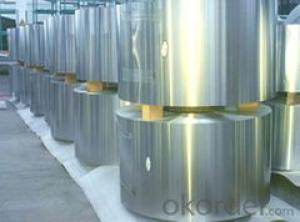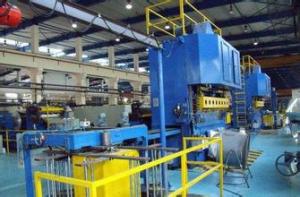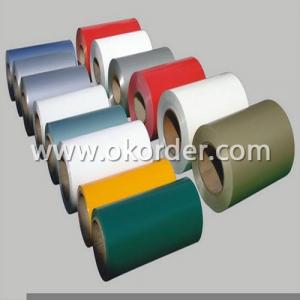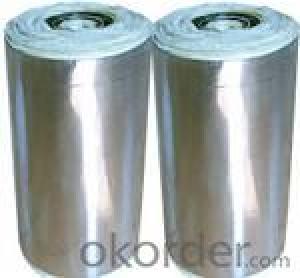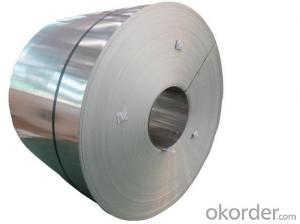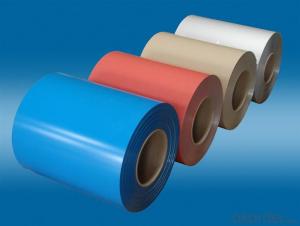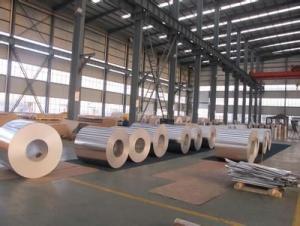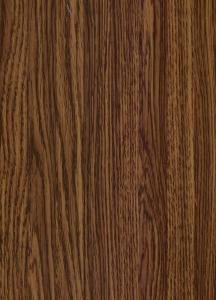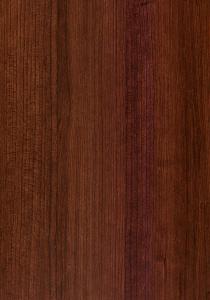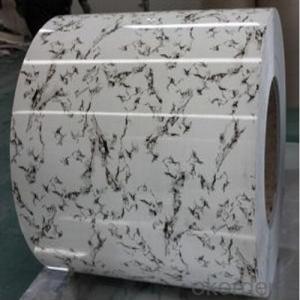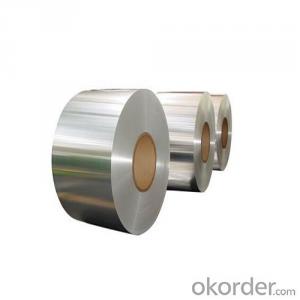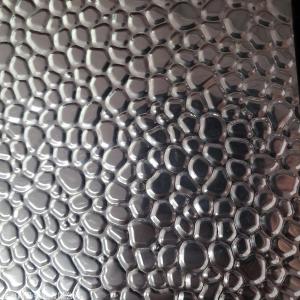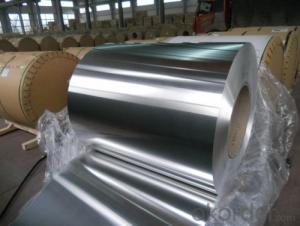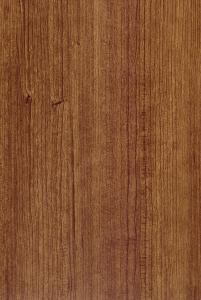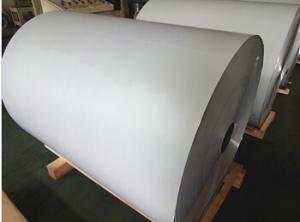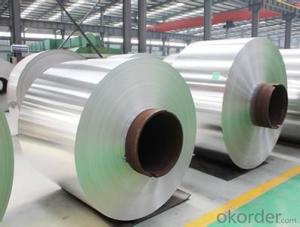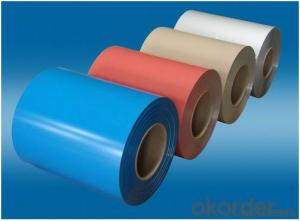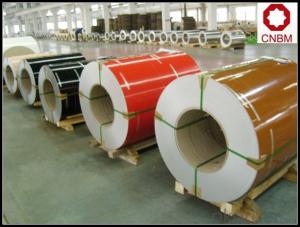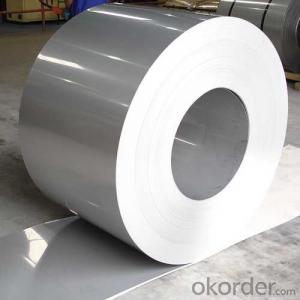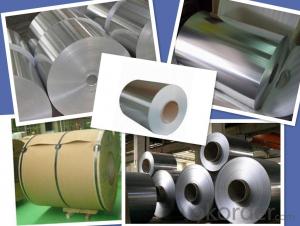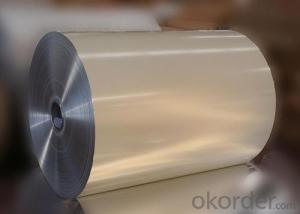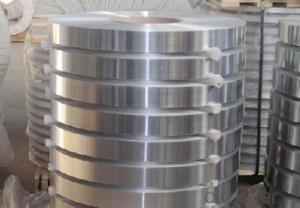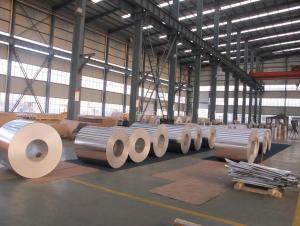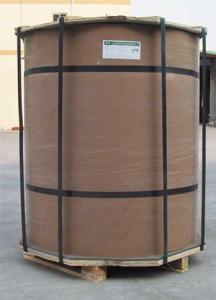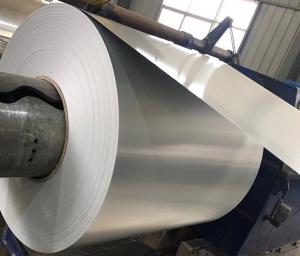Buy Aluminum Coil
Buy Aluminum Coil Related Searches
Buy Coated Aluminum Coil Buy Aluminum Foil Best Aluminum Coil Aluminum Coil Wholesale Aluminum Alloy Coil Aluminum Coil Price Aluminum Wire Coil Aluminum Ac Coil Aluminum A Coil Wholesale Aluminum Coil Aluminum Coil Suppliers Coil Aluminum Aluminum Coil Pipe Aluminum Copper Coil Roll Aluminum Coil Aluminum Coil Prices Copper Aluminum Coil Aluminum Tubing Coil Aluminum Coil Stock Near Me Aluminum Coil Stock For Sale Aluminum Coil Price Per Kg Home Depot Aluminum Coil Aluminum Gutter Coil For Sale Aluminum Coil Factory Aluminum Coil Pe Colored Aluminum Coil Coil Of Aluminum Polished Aluminum Coil Aluminum Coil Price Per Pound China Aluminum CoilBuy Aluminum Coil Supplier & Manufacturer from China
Buy Aluminum Coil is a versatile product that encompasses a variety of aluminum materials, including sheets, plates, and rolls. These products are widely recognized for their excellent strength-to-weight ratio, corrosion resistance, and recyclability, making them ideal for numerous applications across different industries. The aluminum coils are commonly used in construction, automotive, aerospace, and packaging sectors, among others, due to their lightweight, durability, and adaptability to various manufacturing processes.Aluminum coils are extensively utilized in various applications, such as in the production of beverage cans, foils, and other packaging materials. They are also employed in the manufacturing of automotive parts, architectural components, and electronic devices. The versatility of aluminum coils allows them to be easily shaped, bent, and cut to fit specific requirements, making them a popular choice for a broad range of usage scenarios. Their ability to maintain structural integrity while remaining lightweight contributes to their widespread adoption in industries where performance and efficiency are paramount.
Okorder.com is a leading wholesale supplier of Buy Aluminum Coil, boasting a vast inventory of high-quality aluminum products. As a reputable distributor, Okorder.com ensures that customers have access to a comprehensive selection of aluminum coils, catering to diverse needs and specifications. With a commitment to providing exceptional service and competitive pricing, Okorder.com stands out as a reliable source for businesses looking to purchase aluminum coils in bulk.
Hot Products

